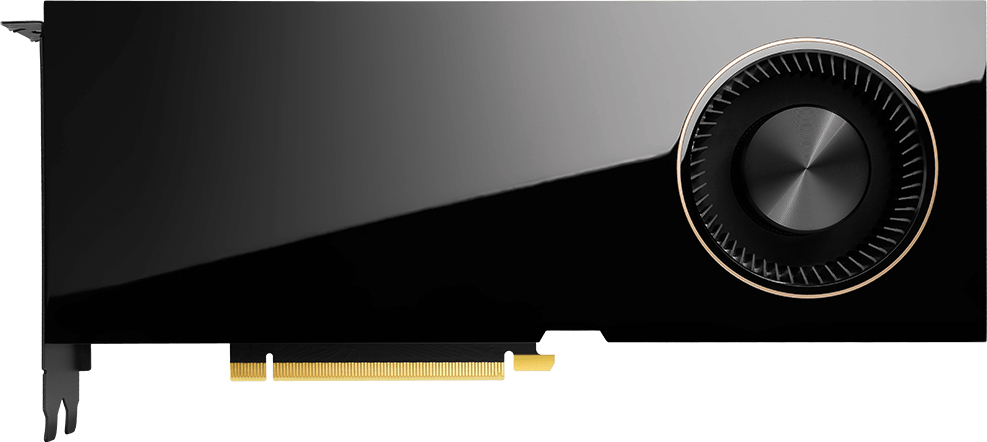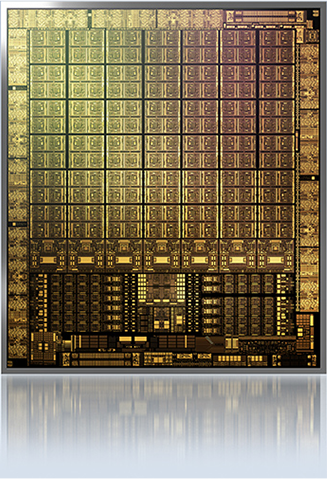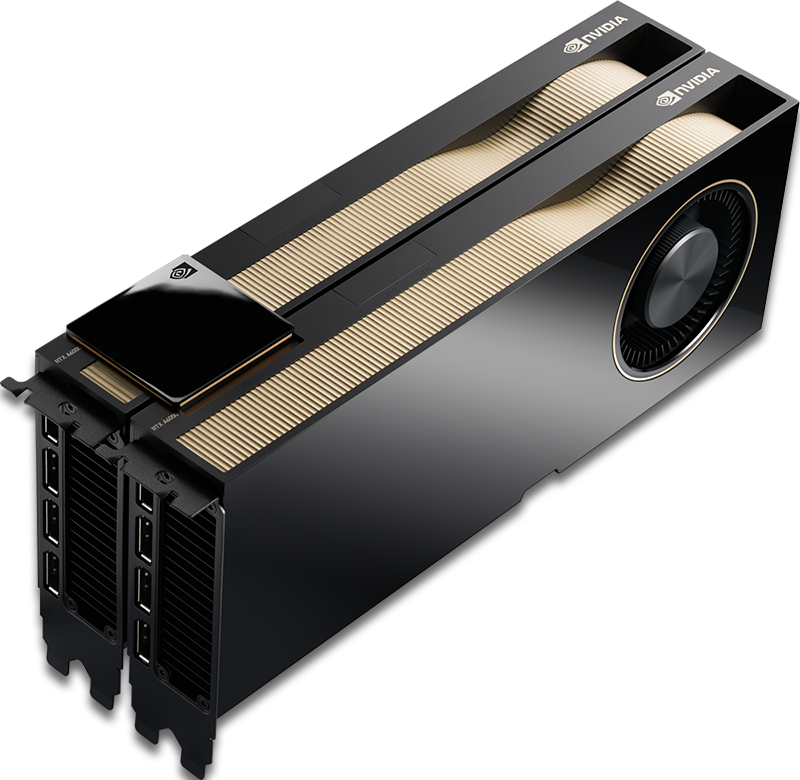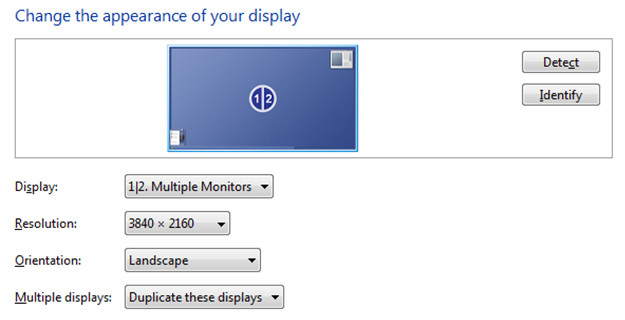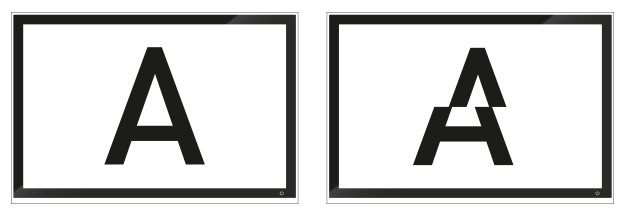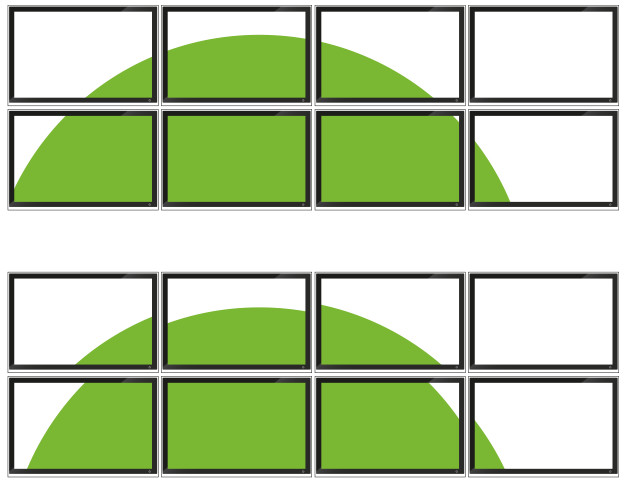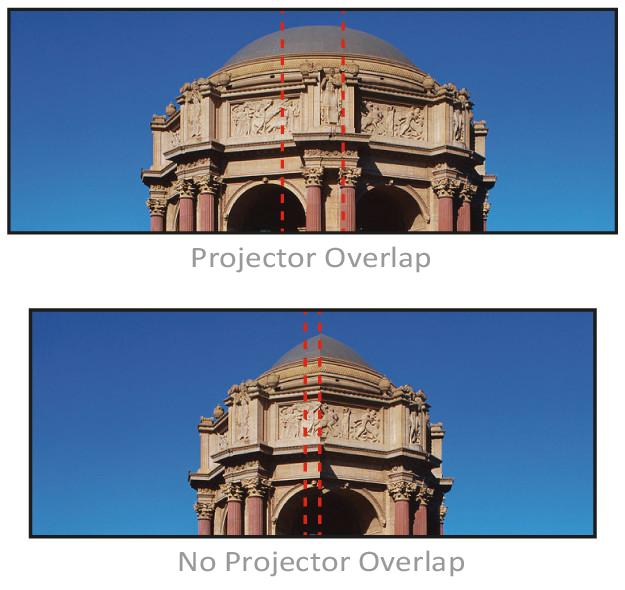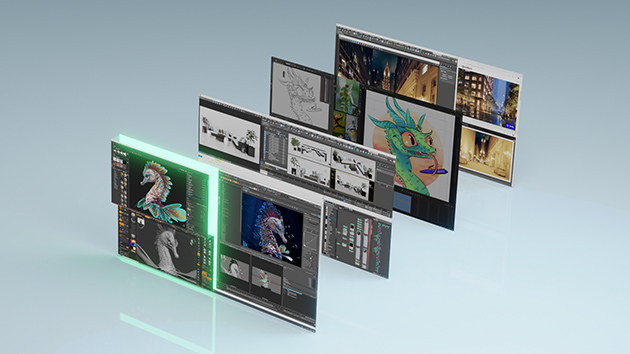NVIDIA Virtual GPU Software
Support for NVIDIA virtual GPU (vGPU) software allows a personal workstation to be repurposed into multiple high-performance virtual workstation instances enabling remote users, to share resources to drive high-end design, AI, and compute workloads.
Software Optimized for AI
Deep learning frameworks such as Caffe2, MXNet, CNTK, TensorFlow, and others deliver dramatically faster training times and higher multi-node training performance. GPU accelerated libraries such as cuDNN, cuBLAS, and TensorRT delivers higher performance for both deep learning inference and High-Performance Computing (HPC) applications.
Unified Memory
A single, seamless 49-bit virtual address space allows for the transparent migration of data between the full allocation of CPU and GPU memory.
NVIDIA® GPUDirect for Video
GPUDirect for Video speeds communication between the GPU and video I/O devices by avoiding unnecessary system memory copies and CPU overhead.
